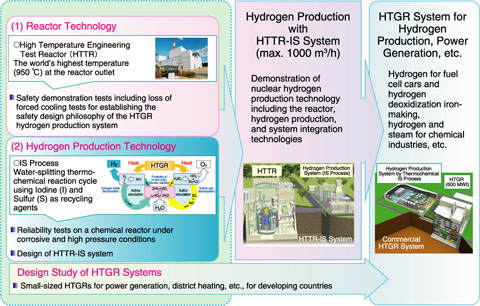
Fig.8-1 Research plan for HTGR and nuclear heat applications
The breakdown of Japan’s energy consumption and CO2 emission in each field shows that utilization of heat in transportation and industry by combustion of fossil fuels accounts for around 70%. In order to reduce the overall CO2 emission by more than 50% and thus control global warming and establish a low-carbon society, diversification in the use of nuclear heat is indispensable. In particular, the demand for hydrogen for fuel cell cars, hydrogen deoxidization, and iron making is expected to grow dramatically in the near future. In order to meet the growing demands for energy in developing countries and simultaneously control global warming, deployment of nuclear power plants is necessary. High-temperature gas-cooled reactors (HTGRs), which are inherently safe (Topic 8-1) and economical despite their small size, can supply heat above 900 °C and meet the growing energy demands mentioned above. Thus, HTGRs can meet the energy production requirements for global greenhouse gas reduction. Therefore, we are carrying out research and development of HTGRs particularly with regard to (1) reactor technology and (2) heat utilization technology (Fig.8-1). For developing the reactor technology, we are accumulating important data for commercializing HTGR by using Japan’s first high-temperature gas-cooled reactor, named high-temperature engineering test reactor (HTTR); the output thermal power of the HTTR is 30 MW, and the maximum temperature at the reactor outlet is 950 °C. In January 2011, a test of loss of forced cooling without the vessel cooling system operational (LOCC) in the HTTR was successfully completed under the condition of the reactor power of 9 MW (30% of the rated power). To demonstrate the inherent safety features of HTGR in the case of LOCC, all of the primary gas circulators and one of the two reactor vessel cooling systems for decay heat removal were stopped from the 9 MW steady-state operation. The primary coolant flow rate reduced to zero, and the reactor power decreased rapidly to zero just after the gas circulators stopped working. The increase in the temperature of the vessel and other reactor structures was confirmed within the conservative analytical results obtained prior to the test. For hydrogen production, a thermochemical hydrogen production cycle called the IS (iodine-sulfur) process has been developed step-by-step. Continuous hydrogen production using a bench-scale test apparatus made of glass was successfully achieved, with a hydrogen production rate of about 30 L/h for 1 week. Integrity confirmation tests for a commercially made acid decomposer under corrosive conditions are now being conducted (Topic 8-2).